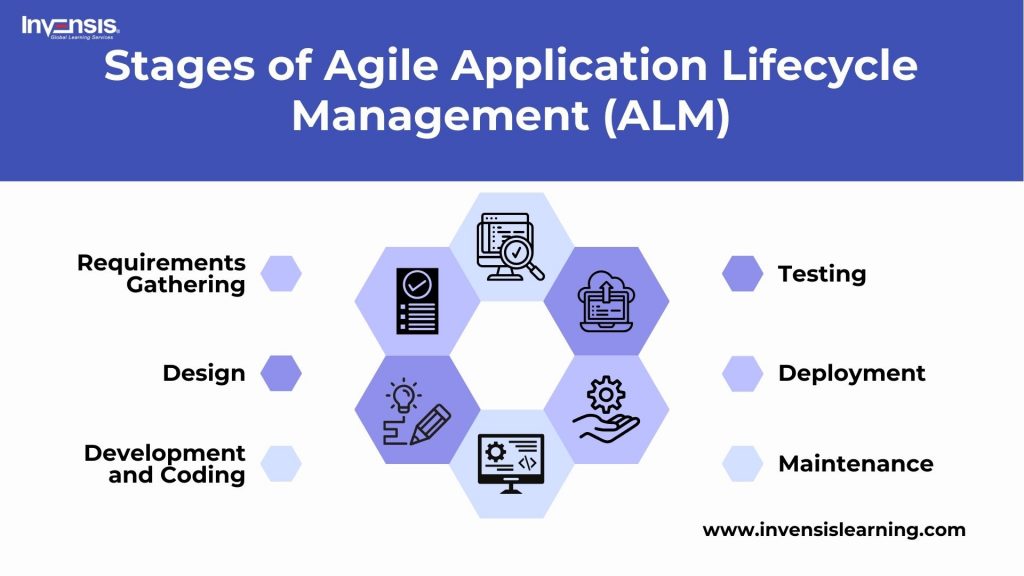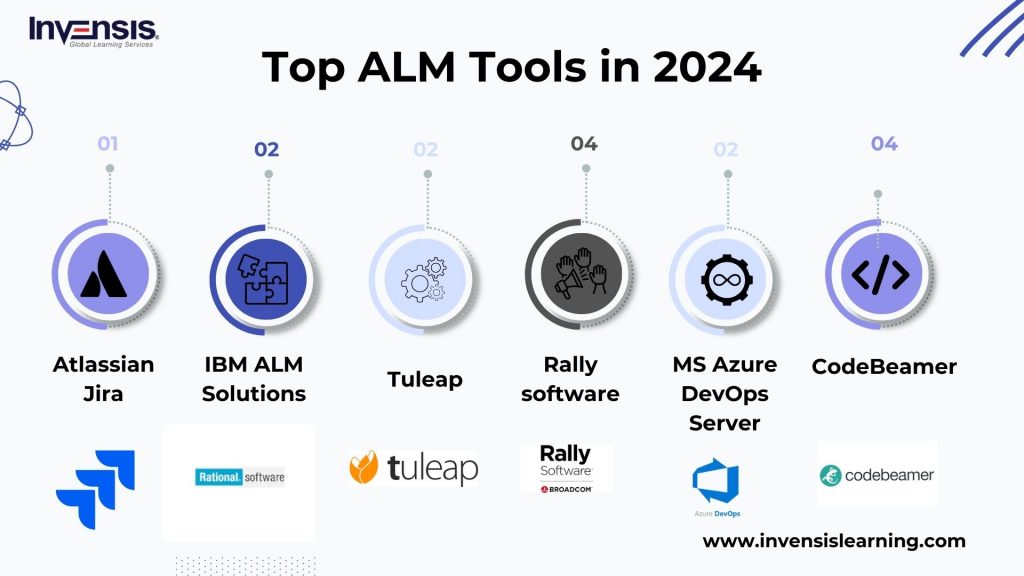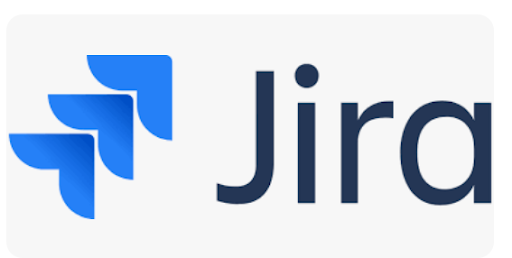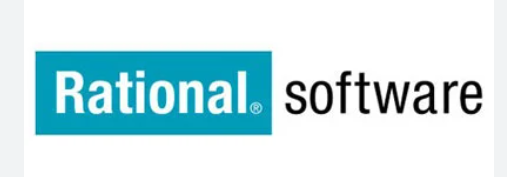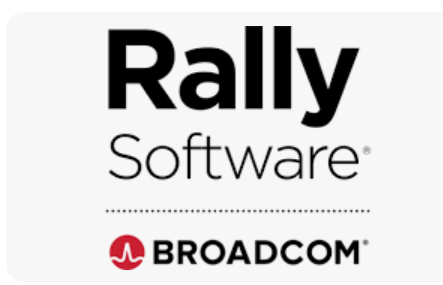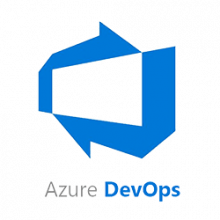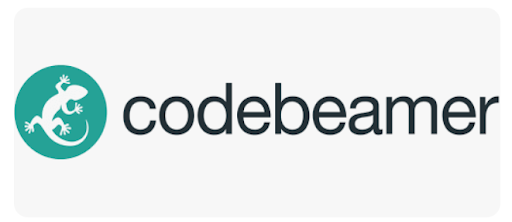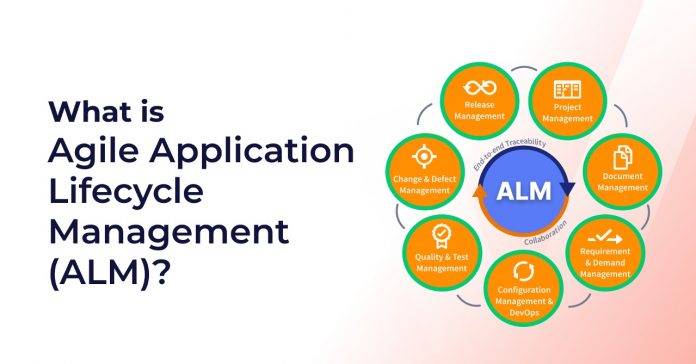
In our rapidly evolving world, daily innovations are shaping our environment, creating an ongoing demand for cutting-edge technologies, advancements in software development, and more effective approaches to meeting our business objectives. As the demand for new software development continues to rise, we find ourselves searching for optimal solutions. One practice in application development that has garnered widespread attention is Agile Application Lifecycle Management (ALM).
Development teams praise the method for various reasons, which captures our curiosity to learn more about it.
This blog is your gateway to understanding the revolutionary potential of Agile application lifecycle Management, whether you’re a seasoned IT manager looking for insights into organizational agility or a technology enthusiast keeping up with the newest industry developments.
Let’s explore the collaborative, adaptive, and success-driven landscape that Agile ALM can bring to your software development endeavors.
Table of Contents:
- What is Application Lifecycle Management (ALM)?
- What are the Key Areas of ALM?
- Importance of Application Lifecycle Management (ALM)
- Various Stages of ALM
- What are ALM tools?
- ALM Vs. Other Lifecycle Management Methodologies
- Understanding Application Governance in ALM
- Conclusion
What is Application Lifecycle Management (ALM)?
Application Lifecycle Management (ALM) is a comprehensive process encompassing the planning, development, testing, deployment, maintenance, and eventual retirement of a software application.
ALM provides a framework and set of practices to manage the entire lifecycle of a software application, from its conception to its end-of-life.
ALM is crucial for organizations to ensure the efficient and effective management of software projects. It promotes collaboration among development teams, aligns development activities with business goals, and provides a structured approach to handling the complexities of the software development lifecycle.
ALM tools and methodologies, including Agile ALM, have become increasingly popular to streamline and optimize these processes.
What are the Key Areas of ALM?
Application Lifecycle Management (ALM) encompasses several key areas or phases, each playing a vital role in developing and managing software applications. These key areas highlight the various stages of a software application’s lifecycle and ensure a systematic and well-coordinated approach. The main three key areas of ALM typically include:
- Governance encompasses tasks such as managing requirements, overseeing resources, and fostering system administration, which includes tasks like ensuring data security, regulating user access, tracking changes, conducting reviews and audits, exercising control over deployment, and facilitating rollback procedures.
- Application Development involves the creation of the software, encompassing activities such as requirements gathering, design, coding, and testing. It ensures that the software meets specified functional and non-functional requirements.
- Maintenance comprises managing and sustaining the software in a live environment. It includes ongoing support, bug fixes, updates, and enhancements to address evolving user needs and maintain the application’s performance.
Importance of Application Lifecycle Management (ALM)
Application Lifecycle Management (ALM) plays a crucial role in the success of software development projects, offering several key advantages that contribute to the overall efficiency, quality, and effectiveness of the development process. Here are some important aspects highlighting the benefits of ALM:
- Faster Development and Delivery: Accelerates software development, meeting business demands promptly with shortened development cycles
- Improves Collaboration: Fosters seamless communication, strengthening team collaboration and promoting a unified approach to project goals
- Higher Quality Apps: ALM’s robust testing processes ensure early defect detection, delivering high-quality, reliable applications that exceed expectations
- Reduces Costs: Optimizes resource allocation, reduces rework costs, and streamlines processes, leading to efficient use of resources and budgetary savings
- Increases Agility: Embraces agile methodologies, enabling quick responses to changing requirements and fostering continuous improvement for dynamic business needs
- End-to-End Visibility: Provides a comprehensive view of the entire application lifecycle, enhancing transparency for better project management and decision-making
What Are the Various Stages of Agile Application Lifecycle Management (ALM)?
Agile Application Lifecycle Management (ALM) consists of several stages that align with the iterative and collaborative nature of agile methodologies. These stages ensure a systematic approach to software development, emphasizing adaptability, continuous improvement, and customer satisfaction. Here are the various stages of Agile ALM:
-
Requirements Gathering
The Agile Application Lifecycle Management (ALM) begins with requirements gathering, where project stakeholders collaborate to define and understand the functional and non-functional aspects of the software. This stage establishes a comprehensive understanding of project goals, and user needs as the foundation for subsequent development phases.
-
Design
Following requirements gathering, the design phase involves creating a blueprint for the software’s architecture. This includes determining system structure, interactions, and user interfaces. The design ensures that the software aligns with project objectives and provides a roadmap for the development team to follow.
-
Development and Coding
In the development and coding stage of Agile ALM, developers implement the design specifications by writing code. This phase transforms conceptual designs into functional software components. Developers follow coding standards and best practices, emphasizing collaboration and iterative development.
-
Testing
Testing is a critical phase in Agile ALM, involving systematic evaluations to identify and rectify defects. This phase includes various testing levels, such as unit testing, integration testing, system testing, and user acceptance testing. Agile ALM’s iterative testing process ensures the quality and functionality of the software.
-
Deployment
The deployment stage releases the developed software to a live environment, allowing end-users to access and use the application. This involves installation, configuration, and possibly data migration to ensure a smooth transition from development to production.
-
Maintenance
Post-deployment, the maintenance stage in Agile ALM involves ongoing support, updates, and enhancements. This phase addresses issues, implements updates, and ensures sustained performance, security, and relevance of the software. Maintenance is integral to the software’s long-term success and user satisfaction.
What are ALM tools?
Application Lifecycle Management (ALM) tools are software solutions designed to facilitate and streamline the various stages of the software development lifecycle. These tools provide a centralized platform that integrates and manages the processes, activities, and artifacts of developing, testing, deploying, and maintaining software applications.
ALM tools play a crucial role in enhancing collaboration, improving visibility, and ensuring the efficiency of development projects.
Key features and functions of ALM tools include:
- Project Management: The majority of ALM products are primarily project management tools. It includes features for creating project timelines, defining tasks, assigning responsibilities, and tracking progress
- Requirements Management: It supports the systematic capture, documentation, and tracking of project requirements throughout the software development lifecycle. ALM tools enable stakeholders to define, prioritize, and manage requirements collaboratively
- Source Code Management: Source code management is a crucial aspect of ALM tools that deal with version control and tracking changes to the source code. It allows developers to collaborate on codebases, manage different versions of the code, and merge changes seamlessly
- Test Management: Test management is a feature in ALM tools that addresses the planning, executing, and tracking of testing activities throughout the software development process. It involves functionalities for creating and managing test cases, tracking test execution, and reporting on test results
Best ALM Tools in 2024
Choosing the best ALM tool for your needs depends on several factors, like project size, budget, preferred development methodology, and desired features. However, based on industry trends and user reviews, here are some outstanding ALM tools to consider in 2024:
-
Atlassian Jira
Atlassian Jira is a widely used project management and issue-tracking tool that supports agile methodologies. It provides a versatile platform for teams to plan, track, and manage their software development projects collaboratively.
Key Features:
- Customizable agile planning features
- Defines and adapts project workflows
- Efficient management of project backlogs
- Plans and executes iterative sprints
- Seamless collaboration with diverse tools
-
IBM ALM Solutions
IBM offers a suite of ALM solutions that cover various aspects of the software development lifecycle. This suite includes tools for requirements management, change and configuration management, and quality management.
Key Features:
- Traceable requirement management system
- Tracks change and manage configurations
- Comprehensive tools for quality assurance
- Facilitates team communication and collaboration
- Tracks and analyzes project impacts
-
Tuleap
Tuleap is an open-source ALM platform that provides a comprehensive set of tools for agile planning, document management, and collaboration. It is designed to support software development teams in their end-to-end project management needs.
Key Features:
- Supports agile planning methodologies
- Versioned document and artifact management
- Unified tools for streamlined development
- Tailors workflows to project needs
- Fosters team collaboration
-
CA Agile Central (Rally)
CA Agile Central, formerly known as Rally, is a cloud-based platform designed for agile project management. It supports agile methodologies by offering features for backlog management, release planning, and collaboration.
Key Features:
- Plans and manages agile projects
- Enhances team communication and collaboration
- Monitors and manages project portfolios
- Tools for tracking and analysis
- Integrates with various development tools
-
Microsoft Azure DevOps Server
Microsoft Azure DevOps Server is an integrated ALM platform that provides end-to-end tools for version control, build automation, work item tracking, and test management. It supports both Git and Team Foundation Version Control (TFVC).
Key Features:
- Git and Team Foundation Version Control
- Automates build and release processes
- Efficient management of work items
- Comprehensive tools for test management
- Seamless integration with development environments
-
CodeBeamer
CodeBeamer is an ALM and product lifecycle management (PLM) tool that supports agile and traditional development methodologies. It provides features for requirements management, test management, and collaboration.
Key Features:
- Comprehensive requirement management capabilities
- Supports both agile and traditional methodologies
- Tools for efficient quality management
- Versioned document and artifact management
- Tailors workflows to specific processes
ALM Vs. Other Lifecycle Management Methodologies
In software development, ALM (Application Lifecycle Management) is a comprehensive way to build and maintain apps, but it’s not the only option! Let’s see how ALM compares to other popular methods.
-
ALM vs. PLM (Product Lifecycle Management)
In the realm of lifecycle management, ALM and PLM (Product Lifecycle Management) cater to distinct domains. ALM is tailored for software applications, overseeing the entire lifecycle, from planning and development to testing, deployment, and maintenance. It ensures a comprehensive approach to software management.
On the other hand, PLM extends its scope to physical products, managing processes spanning design, manufacturing, distribution, and the eventual end-of-life of products. While ALM is specific to software, PLM addresses the broader context of physical product development across various industries.
-
ALM vs. SDLC (Software Development Lifecycle)
ALM and SDLC (Software Development Lifecycle) represent two facets of the software development landscape. ALM, or Application Lifecycle Management, takes a holistic stance, managing software applications throughout their lifecycle. It encompasses planning, development, testing, deployment, and continuous maintenance.
In contrast, SDLC primarily centers around the development phase, providing a structured framework for creating software applications. ALM extends beyond development, offering a comprehensive solution for the entire application lifecycle.
-
ALM vs. ITIL (Information Technology Infrastructure Library)
Comparing ALM and ITIL (Information Technology Infrastructure Library) reveals their distinct focuses within the IT domain. ALM, or Application Lifecycle Management, is geared toward application-specific processes. It ensures the efficient development, testing, and maintenance of software applications.
On the other hand, ITIL is a broader framework concentrating on IT service management. It covers various areas, including service strategy, design, transition, operation, and continual improvement. While ALM is application-centric, ITIL provides a more comprehensive approach to overall IT service management.
Understanding Application Governance in ALM
Application Governance within Application Lifecycle Management (ALM) refers to establishing and enforcing policies, processes, and controls throughout the software development lifecycle. It manages applications to ensure compliance with organizational standards, industry regulations, and best practices. Here are key aspects of Application Governance in ALM:
- Policy Framework: Establishes guidelines for application development, covering security, compliance, quality, and change management, ensuring consistency and alignment with organizational goals
- Risk Management: Identifies, assesses, and mitigates potential risks in security, performance, and compliance, fostering proactive measures to minimize challenges in application development
- Change Control Processes: Implements structured processes for managing code changes, configurations, and integrations, maintaining stability, reliability, and compliance during alterations
- Application Reviews, Audits, and Rollbacks: Conducts thorough reviews, audits, and, if necessary, rollbacks to ensure the integrity and compliance of applications throughout the development lifecycle
- Compliance Monitoring and Auditing: Continuously monitors compliance with organizational policies and regulations, utilizing periodic audits to enhance adherence and identify areas for improvement
- Performance Metrics and Reporting: Defines key performance indicators (KPIs) and reporting mechanisms to assess the effectiveness of governance practices, providing insights for continuous improvement
Application Governance in ALM is a holistic approach that integrates governance principles into the entire software development lifecycle. It aims to balance the need for agility and innovation with the imperative of maintaining control, security, and compliance throughout the application’s journey from conception to deployment and beyond.
Conclusion
In conclusion, Agile Application Lifecycle Management (ALM) emerges as a leading methodology, seamlessly blending Agile principles with lifecycle management practices. Agile ALM’s strength lies in its adaptability and holistic approach across the application development journey.
Agile ALM empowers teams to efficiently deliver high-quality, customer-centric applications by promoting collaboration, accommodating change, and prioritizing customer feedback. As businesses pursue agility and faster time-to-market, Agile ALM becomes a pivotal tool.
Its focus on iterative development, continuous integration, and customer-centricity positions it as a transformative force in Application Lifecycle Management. Adopting Agile ALM not only streamlines processes but also instills a culture of adaptability and improvement.
Unlock your potential in project management with Invensis Learning’s Agile certification Certification Courses. Gain essential skills and knowledge to navigate agile projects successfully, empowering your career growth. Enroll for comprehensive training and elevate your project management expertise with our industry-recognized AgilePM certifications.


